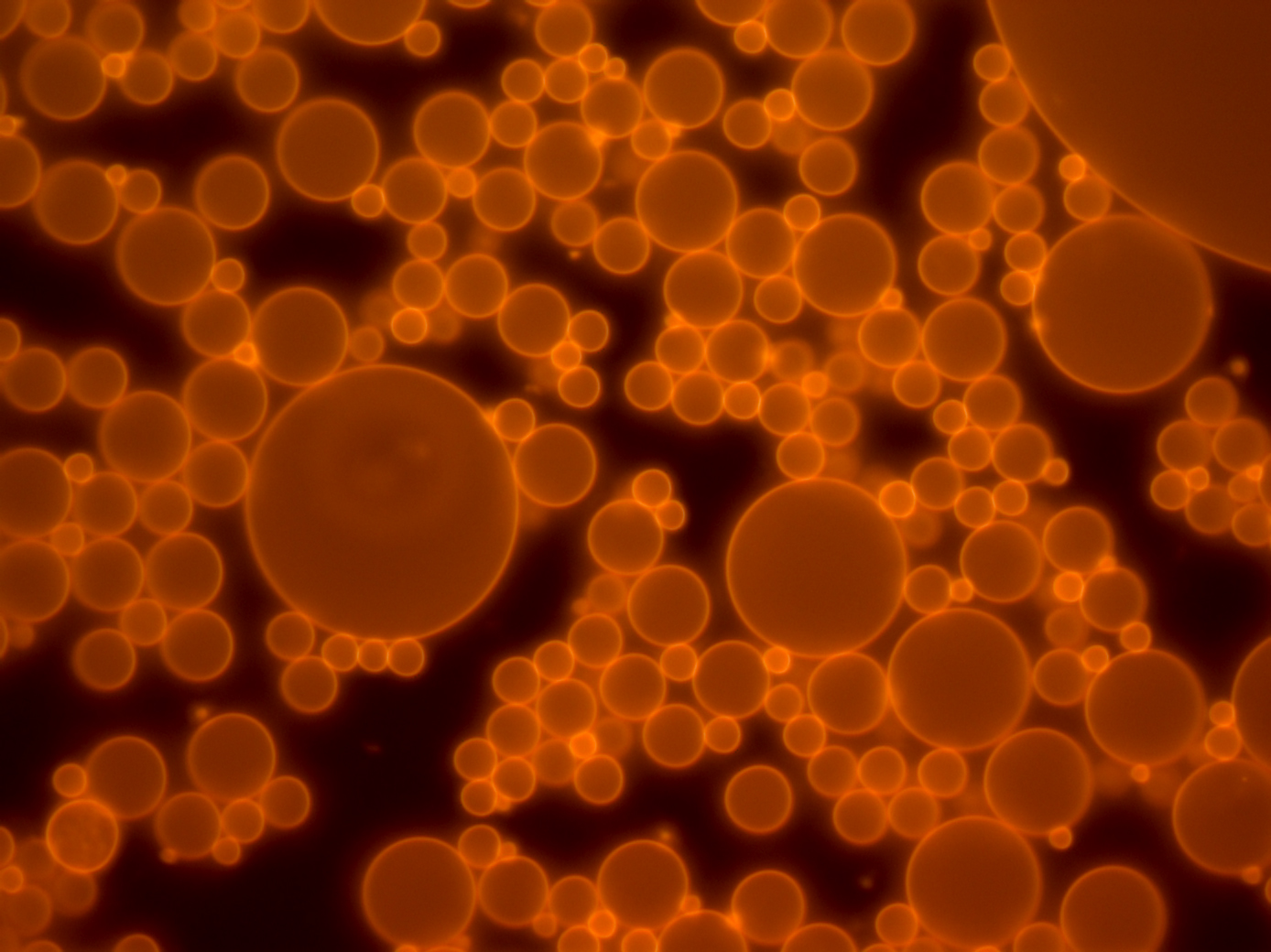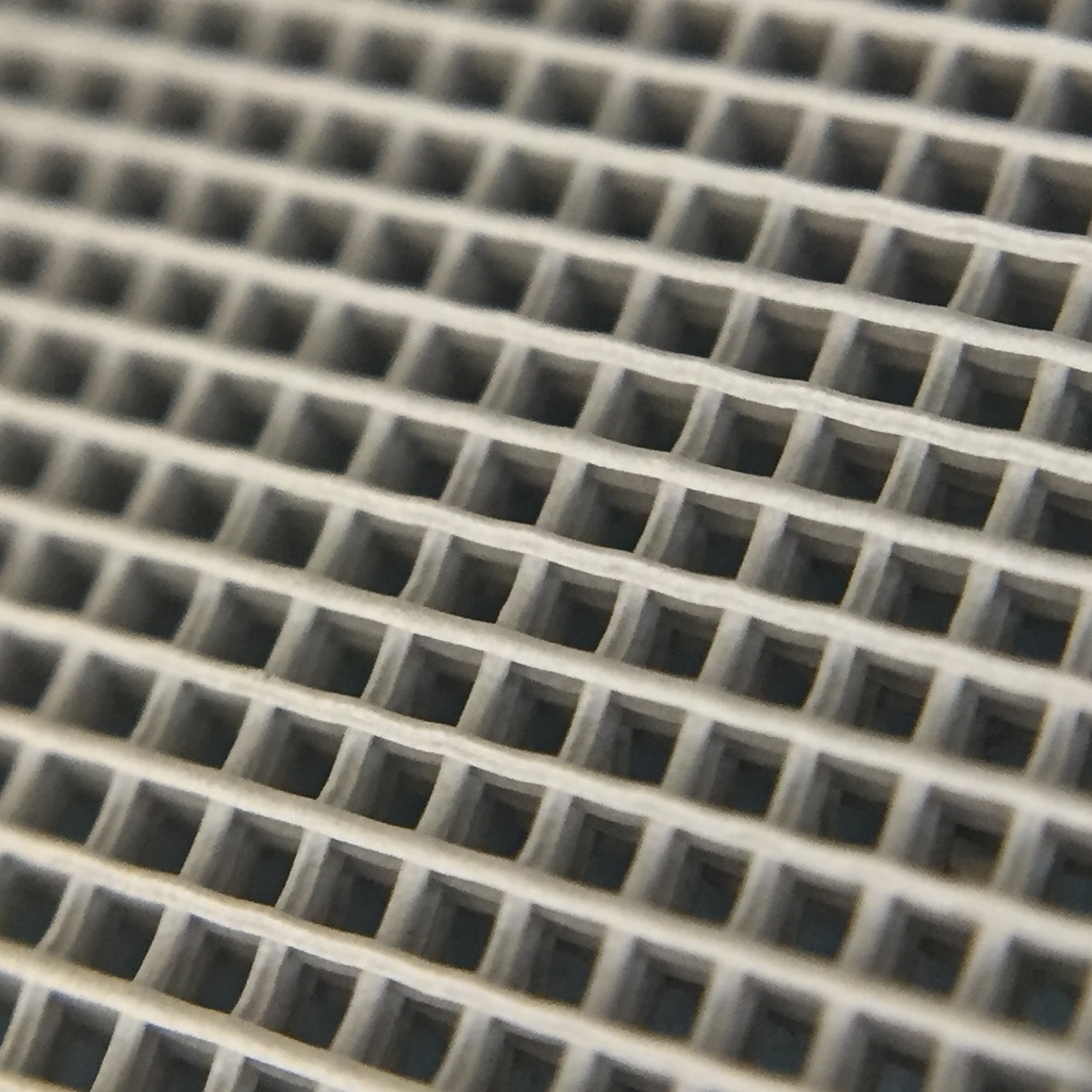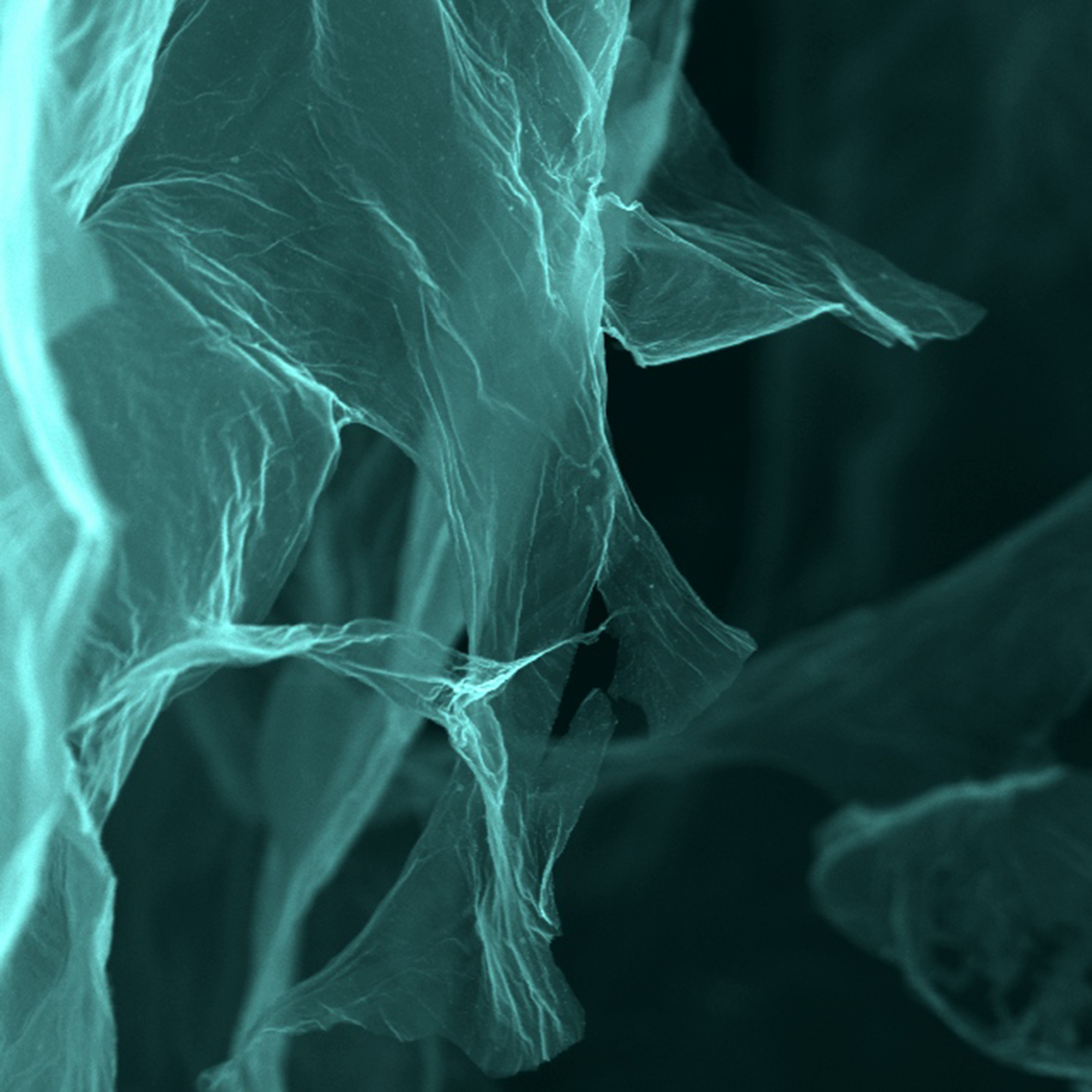
Dr Esther Garcia-Tunon Blanca PhD
Lecturer in Materials Science and Engineering, SSLC Chair for MECH Eng Materials, Design and Manufacturing Eng
- Work email Esther.GTunon@liverpool.ac.uk
- Personal WebsiteFind out more about our group
- About
- Research
- Publications
- Teaching
- Professional Activities
Research
Colloidal Processing and Complex Structures

Designing new colloidal processing approaches based on responsive building blocks that assemble into complex architectures for key technologies such as energy storage and conversion, catalysis, tissue engineering or structural applications. My research is focused on surface engineering with responsive polymers, rheology of complex fluids and the characterization of the mechanical response of complex structures.
Additive manufacturing

One of the areas I am interested in is the development of water based formulations for Additive Manufacturing. Robocasting, also known as direct ink writing, continuous extrusion or filament printing, enables the printing of expensive materials with high added value and limited availability. It makes possible to 3D print any material that can be formulated into a paste with the right viscosity and viscoelastic behavior. My work deals with developing water-based formulations for robocasting that are clean, ease to make, affordable and can be easily scaled up.
Ceramics & Graphene based materials

Processing of ceramics and graphene into complex structures and composites for a wide range of applications. I am particularly interested in the processing of materials for health and energy, like calcium phosphates for bone implants and graphene based materials for energy storage devices.
Graphene and related materials have been on hype since its discovery in 2014, with a large amount of resources in terms of researchers and public funding invested. Its unique combination of properties (surface area, conductivity, etc.) and structure make it a promising candidate for a wide range of applications from energy storage devices to thermo management and membranes to name a few. We use different methods to make 3D graphene structures in order to actually explore their potential in practical devices.
Research Grants
Synthesis and Fabrication of model substrates
UNILEVER UK CENTRAL RESOURCES LTD (UK)
January 2018 - February 2018